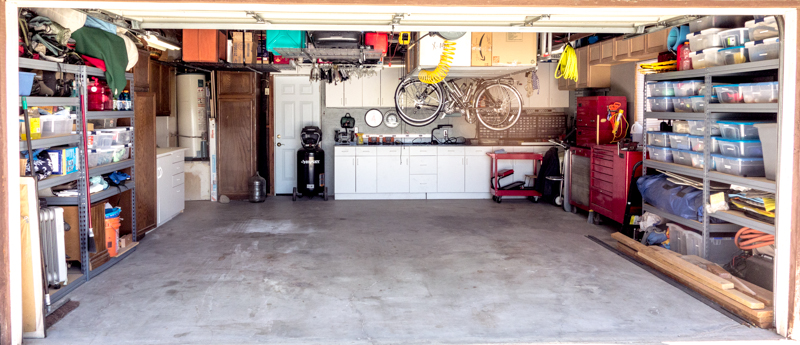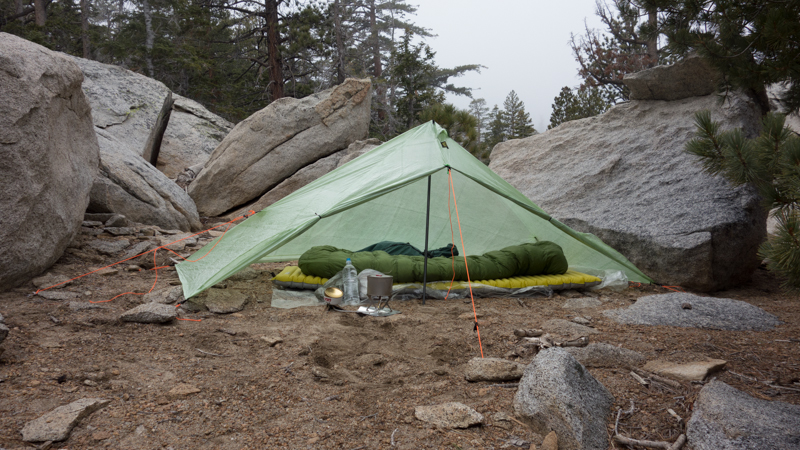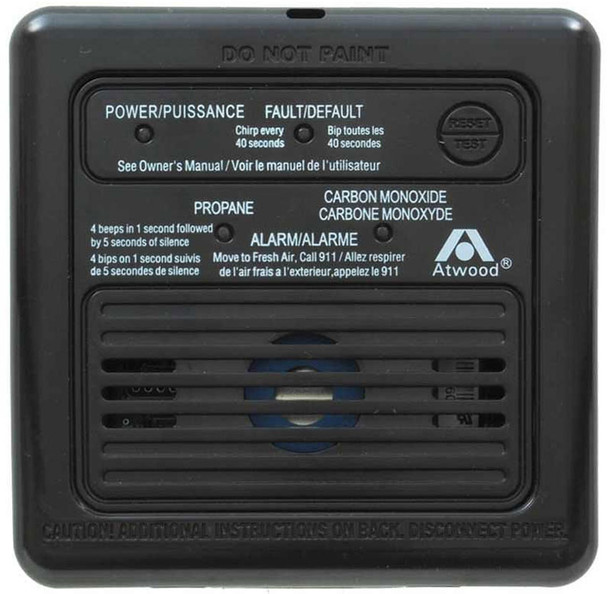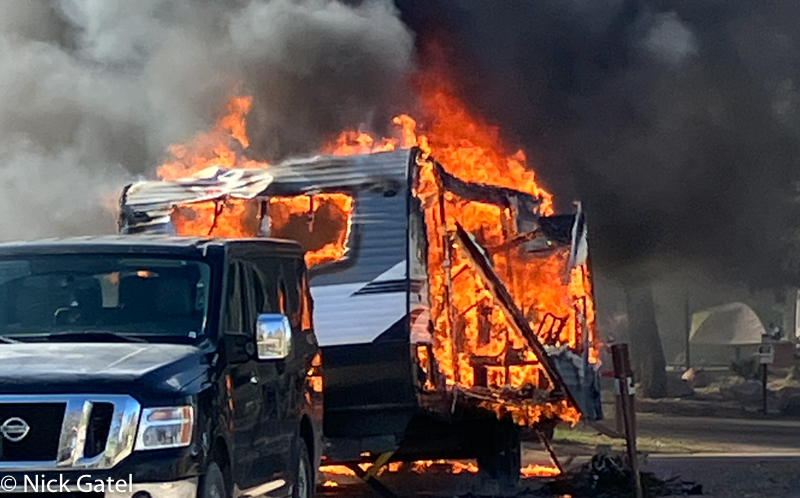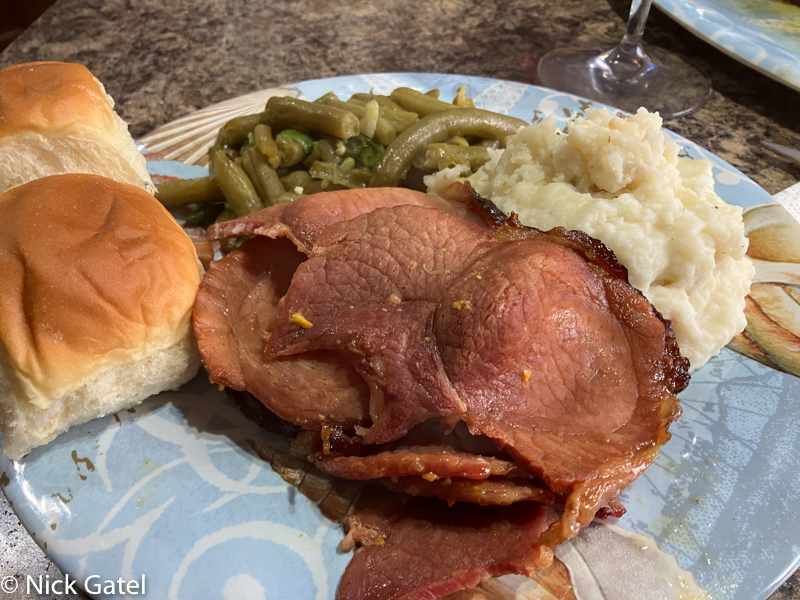
Over the past 15+ years I have purchased two sleeping bags and three quilts. I still have and use both sleeping bags. I only have one quilt remaining in my gear closet — the Nunatak Arc Specialist.
My first quilt purchase was a used warm-weather piece and cost me $65. It had synthetic insulation and was not very warm. I bought this to test out and determine if a quilt would work for me. It did and I gave it away; to buy a quality quilt.
At the beginning of 2009 I bought my Nunatak Arc Specialist for $457, which I am still using.
In 2010 I bought a super ultralight quilt with a Cuben Fiber (a.k.a. DCF) shell from Enlightened Equipment. It was one Tim Marshall’s first quilts when he was a one-man show working out of his house after he came home from his “real job.” (Today Enlightened Equipment has over 50 employees and operates out of a 50,000 square foot facility). Given that Cuben fabric does not breath, Tim created an adjustable ventilation foot-box that worked well. But, alas, Cuben doesn’t last long and I had to retire it. I knew this before I bought it.
Of all my sleeping solutions, the Nunatak Arc Specialist is my absolute favorite.
Continue reading Nunatak Arc Specialist Quilt: 15 Year Review →
